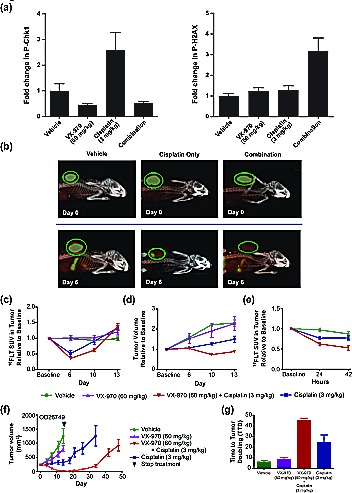Figure 5. VX-970 inhibits ATR and promotes sustained regression in a human primary lung tumor xenograft.

(A) Mice bearing OD26749 tumors were treated with a single dose of VX-970 (60 mg/kg PO) and cisplatin (3 mg/kg IP) either as monotherapy or in combination. P-Chk1 and P-H2AX were analyzed by western blot 4 and 48 h after treatment, respectively, and were corrected to total H2AX levels. (B) Representative PET/CT images of mice at baseline (top row) and six days following the indicated treatment (bottom row). Concentration of 18FLT is indicated by the intensity of the orange color in the PET image. An X-ray CT image of the skeletal system (white) is superimposed for anatomical reference. The tumor is circled (green). Treatment with VX-970 alone had no discernable effect on PET signal (image not shown). (C) Average standard uptake value (SUV) of 18FLT. (D) Tumor size changes as determined by CT. (E) Examination of prognostic value of 18FLT imaging. (F) Assessment of the durability of response to VX-970. OD26749 tumors were passaged in SCID mice to P4. Treatment started when the average tumor size was approximately 200 mm3. Tumor bearing mice were treated with vehicle, VX-970 alone (60 mg/kg PO, 4 consecutive days a week), cisplatin alone (3 mg/kg, IP, q7d) and the combination, for two weeks. Vehicle and VX-970 groups were terminated after the final dose of VX-970. Following treatment discontinuation, tumor growth in the cisplatin alone and combination groups was followed twice a week until the average tumor volume reached 1000 mm3. The arrowhead on the graph marks the end of treatment. Error bars are standard errors for all graphs.
